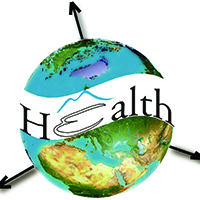Spatial and socioeconomic inequalities in the availability of community health centres in the Jakarta region, Indonesia

All claims expressed in this article are solely those of the authors and do not necessarily represent those of their affiliated organizations, or those of the publisher, the editors and the reviewers. Any product that may be evaluated in this article or claim that may be made by its manufacturer is not guaranteed or endorsed by the publisher.
Authors
In the late 1960s, Indonesia established community health centres (CHCs) throughout the country to provide basic healthcare services for the poor. However, CHC expenditures and investments vary widely at the sub-provincial level, among administrative areas known as cities and regencies, raising concern that facilities and services do not correspond to population needs. This study aimed to examine spatial and socioeconomic inequalities in the availability of CHCs in the Jakarta region. We used spatial and statistical analysis methods at the village level to investigate these inequalities based on CHC data from the Ministry of Health and socioeconomic data from Indonesia Statistics. Results show that CHCs and the healthcare workers within them are unevenly distributed. In areas with high need, the availability of CHCs and healthcare workers were found to be low. There is a mismatch in healthcare services and delivery for low-income, unemployed populations at the village level that needs to be addressed. The findings discussed in this paper suggest that Jakarta Department of Health should coordinate with local public health districts to determine locations for new CHCs and assign healthcare workers to each CHC based on need as this would improve access to essential health services for the low-income population.
How to Cite
PAGEPress has chosen to apply the Creative Commons Attribution NonCommercial 4.0 International License (CC BY-NC 4.0) to all manuscripts to be published.













